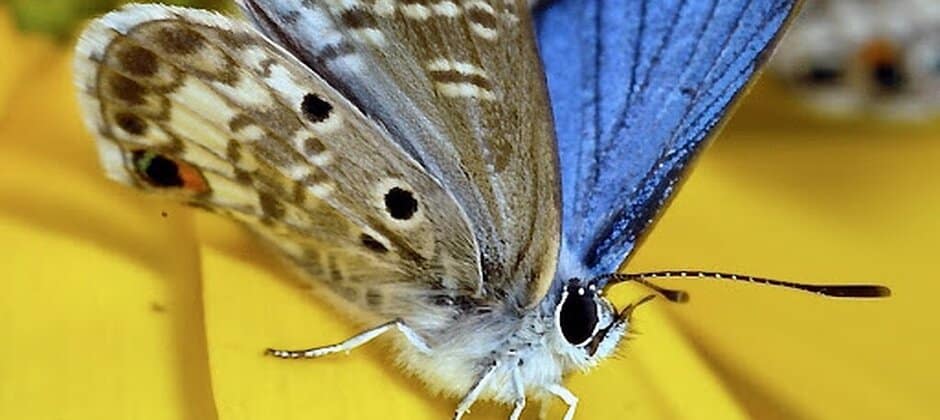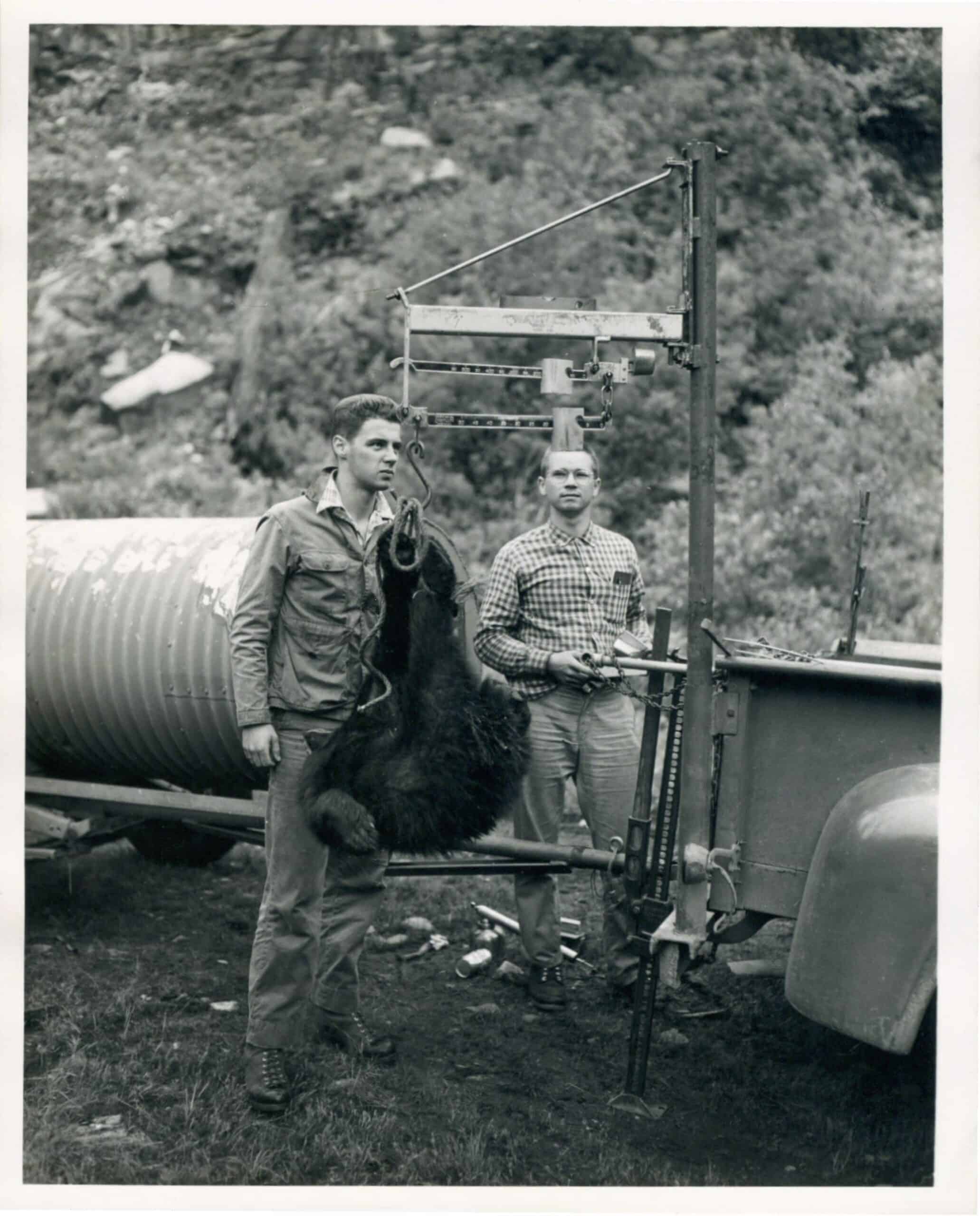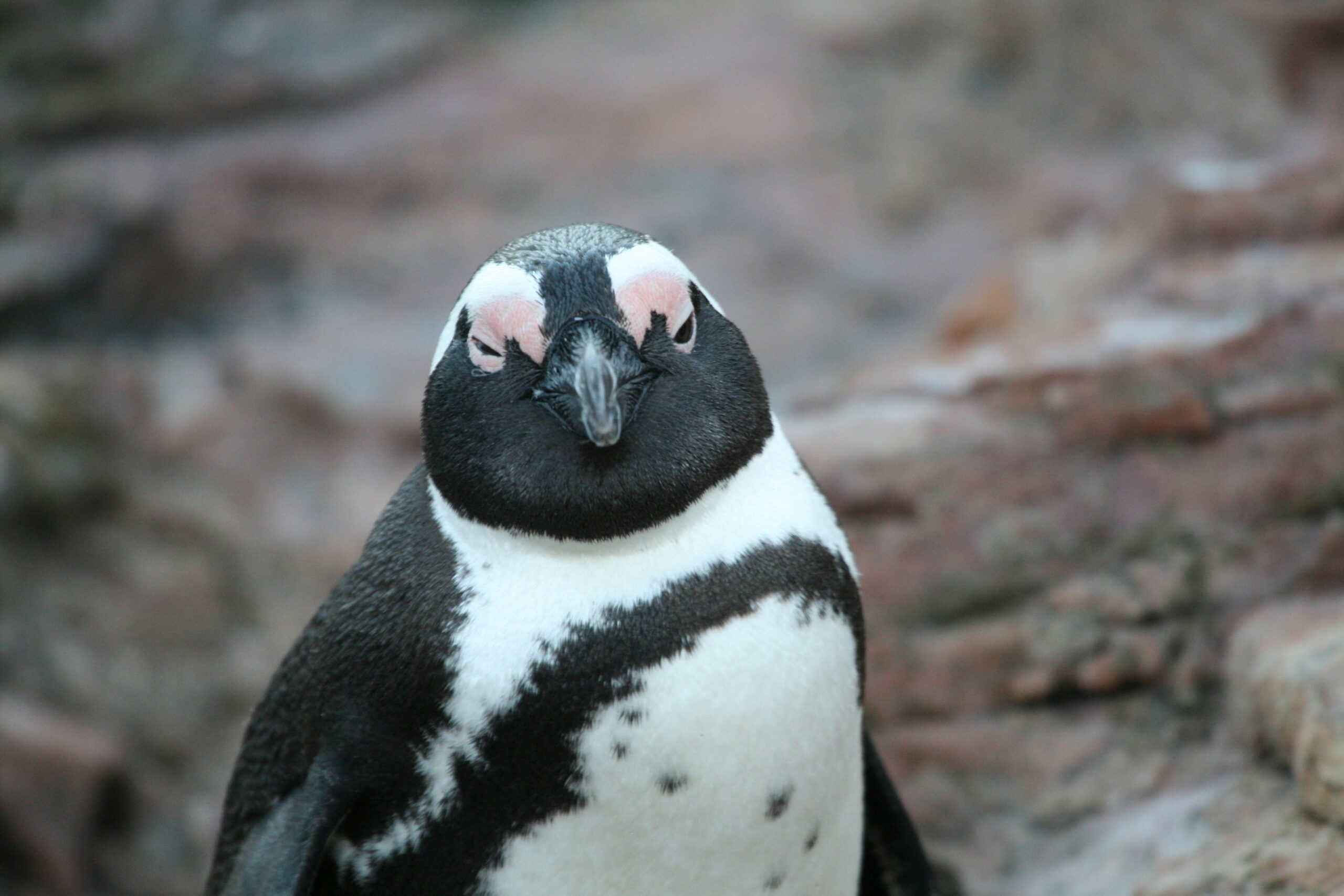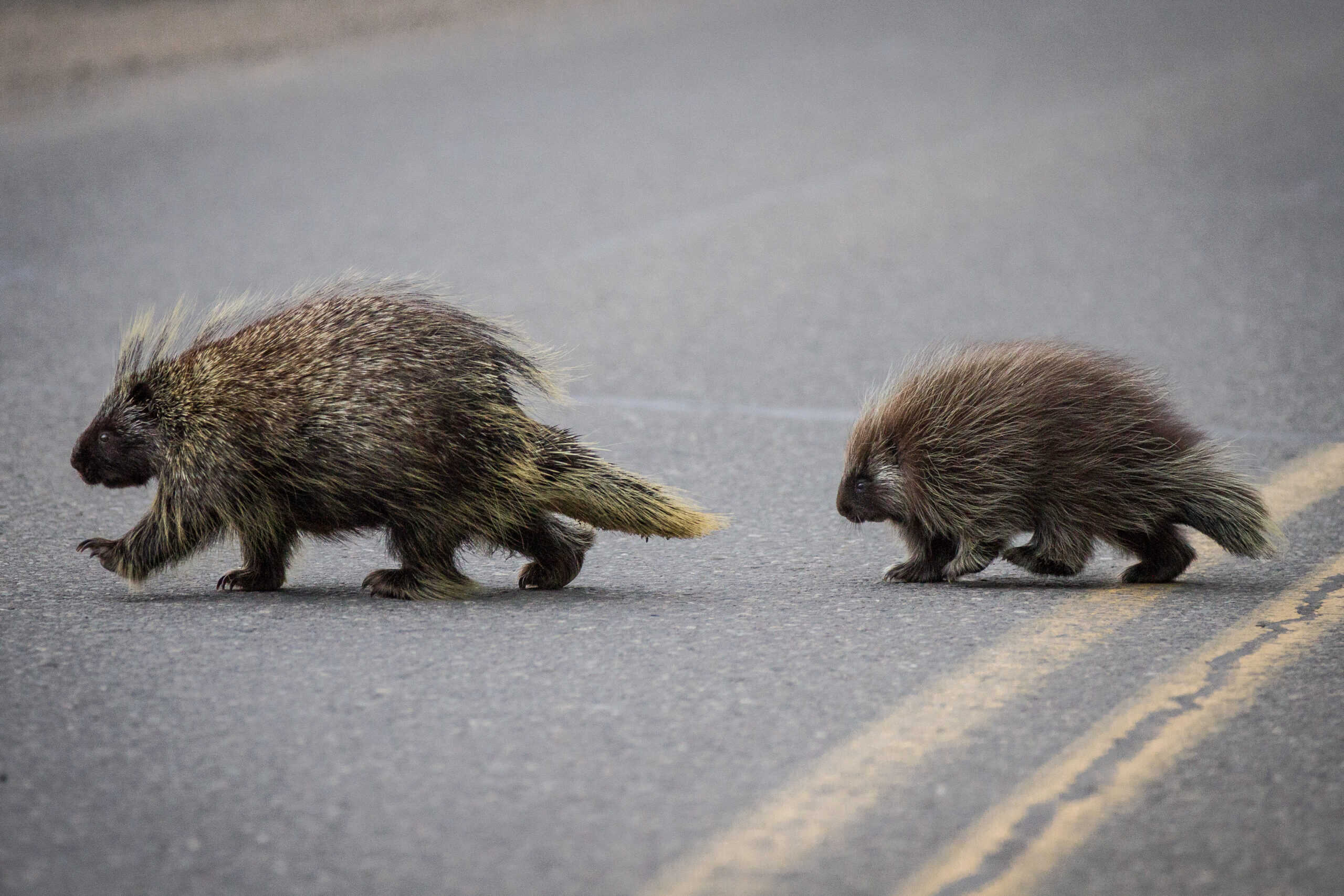Share this article
Rainfall may exacerbate Florida butterfly decline
Changes in rainfall patterns as a result of climate change can lead to declines of an already imperiled Florida butterfly—the Miami blue.
Most research on impacts of climate change occur in temperate environments, where there are seasons of cold and warm weather. But less research has been conducted on how a changing climate—not just temperature—can impact wildlife species.
In temperate places, butterflies often diapause—suspend development—during the winter because “it’s too cold to be a butterfly.” But, “in tropical places like the Florida Keys, it’s always warm enough to be a butterfly,” said Erica Henry, a postdoctoral scholar at Washington State University. “Often, the biological and phenological cycles there are more responding to a dry season and a wet season.”
Henry became interested in the federally endangered butterflies after completing her master’s at Washington State University. She started a one-year position under a professor who was at North Carolina University at the time Nick Haddad to develop monitoring protocols for the Miami blue butterflies (Cyclargus thomasi bethunebakeri) in the Florida Keys.
“He needed someone with butterfly experience and boating experience, and I fit that bill,” she said.
In March 2012, she started out on a boat to look for the imperiled species on the islands and saw a lot. By April, their numbers dropped off a bit as expected due to seasonal ebb and flow. They returned again in the middle of the summer rainy season
But going out in March once again a year later, she was disappointed. “I literally counted zero the same week the year before when I counted tons,” she said. “Of course, one year later, you just have more questions,” she said, so they secured more funding to repeat the surveys again in 2013.
Henry published an initial paper finding that rainfall likely drives these patterns. For example, if it rains a lot one month, there would be a bit of a lag, and then there would be high densities of butterflies. She thinks that’s because rain triggers the plants to grow and the caterpillars to feed on their host plant. Or it may trigger female butterflies to lay eggs.
But then Henry wondered how climate change may be influencing these patterns. With collaboration from the Florida Museum of Natural History, USGS’s Southeast Climate Adaptation Science Center, Florida Keys Wildlife Refuge and others, she led a study published in Climate Change Ecology with her findings.
To conduct the research, Henry and her colleagues developed models to determine how butterfly abundance correlated to rainfall patterns. To develop the models, they gathered data on egg laying rates and daily larva and adult survival of Miami blue butterflies from a captive colony. Then, they retrieved rainfall data from climate projections.
They looked at optimistic scenarios of climate change where there are mitigation measures to reduce emissions as well as scenarios where we do nothing.
They found that the butterflies stayed stable in the scenario where mitigation is done, but they declined 2% a year in the business-as-usual scenario. “Obviously, there’s a lot more complexity in the system, but without incorporating that, we still see this decline by the end of the century,” she said.
In addition to climate change-related precipitation impacts, Miami blues face stressors of coastal development, invasive predators and pesticides, she said.
Henry said that while there are still things she and her colleagues don’t know about the butterfly’s life history, this research is one step to help them nail down the best conservation actions. For example, they can consider rainfall patterns in the context of reintroductions. “Maybe we should be considering what the rainfall looks like in these sites if we’re thinking about releasing butterflies,” she said, adding that when to release them may also be important.
On a larger scale, Henry said the study highlights that precipitation, not just temperature, can have consequences for species. “A lot of the research on phenology takes place in temperate places where temperature is the driving force in those patterns,” she said. “We have to think about other places on the globe and how climate change might be impacting phenology differently.”
Header Image: Researchers found changes in precipitation due to climate change will likely impact the Miami blue butterfly population in the Florida Keys. Credit: Jaret Daniels








